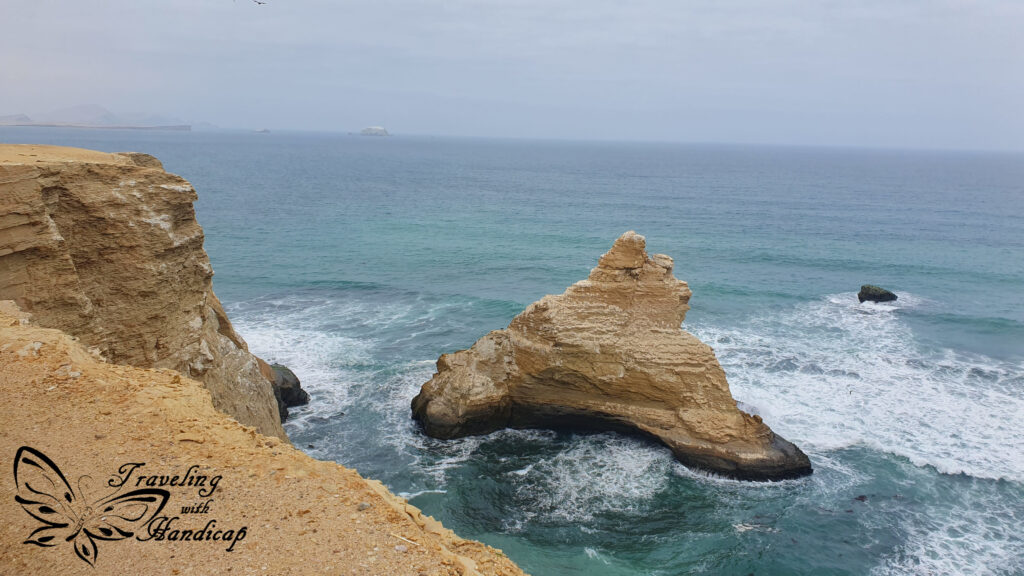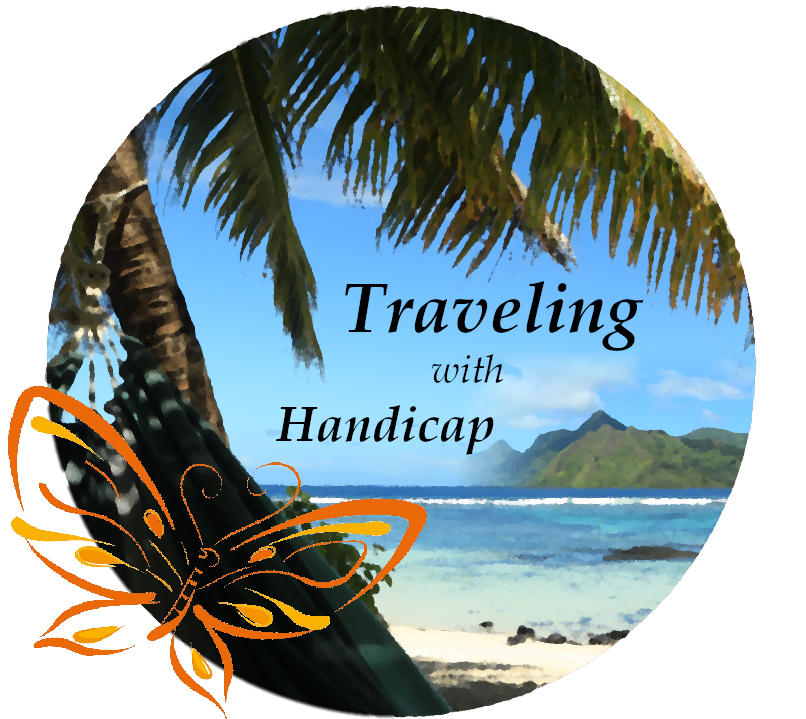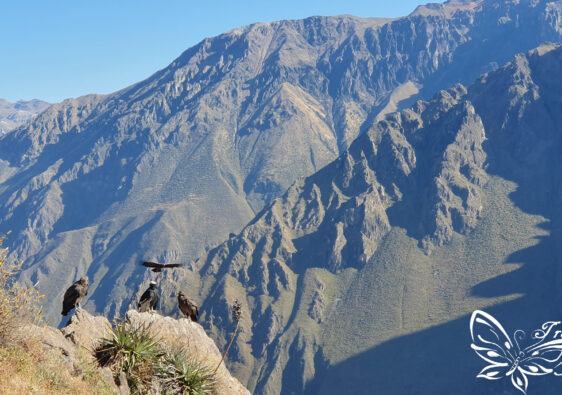A hangover suggests a great night, jet lag suggests a great adventure.
J.D. Andrews
Approximately three to four hours south of Lima are touristy stops like Nazca, for the Nazca Lines, Huacachina, next to the Pisco capital of Peru, Ica, and Paracas as the access point to the Ballestas Islands. I have to admit that I really wanted to visit these places, so I stopped there. However, I wouldn’t come back another time as they are not special enough to be re-visited in my opinion. Moreover, it doesn’t take a lot of time to visit. This is why there are day-trips from Lima available to visit all those places. As I came from the south (Arequipa), I stopped along the way before heading to Lima.

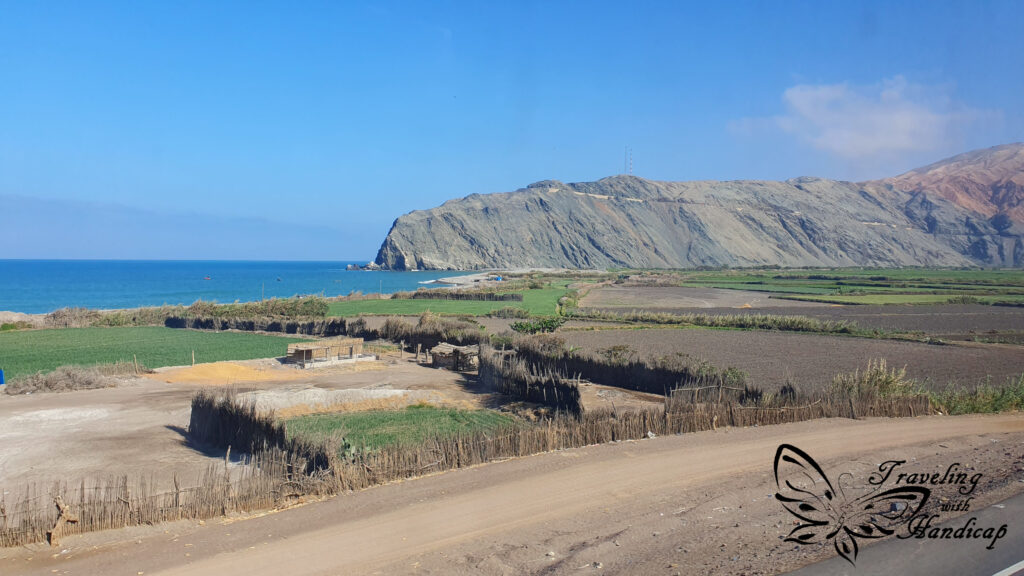
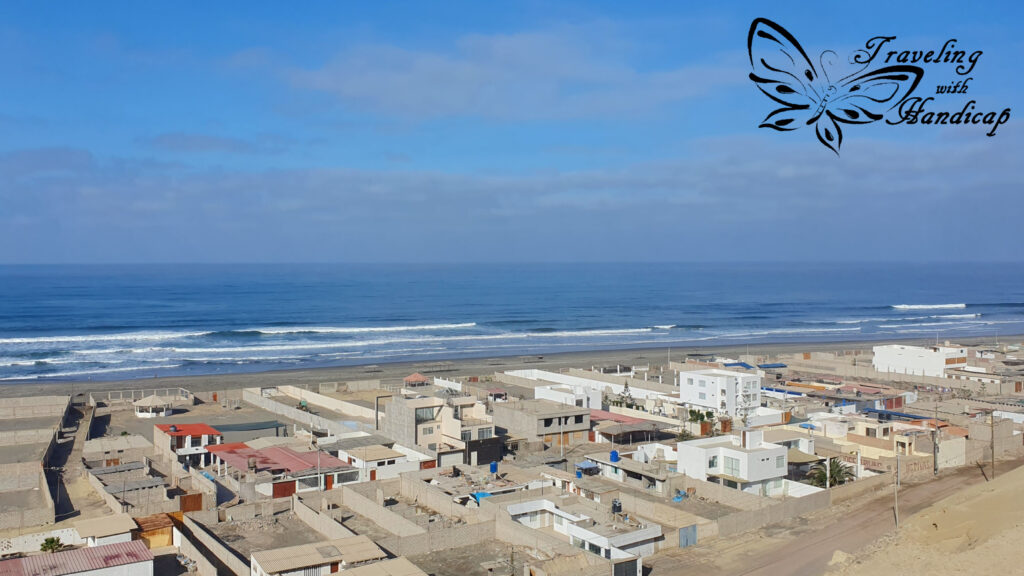
The Nazca Lines
The area around Nazca has been inhabited by people of both the Paracas and Nazca culture around 1000 BC to 1000 AD. Maybe even longer, I am terrible in remembering these numbers. Nevertheless, archeological studies revealed that the Nazca lines have been created between 800 BC and 600 AD.
Most likely, the lines represent designs in the context of fertility rituals related to periodical changes of the climate such as El Niño. The Nazca lines are a collection of above 1500 huge lines and geoglyphs which are only visible in full size either from the surrounding hills or from the air.
Their discovery
This is why some lines have been discovered in 1926 by an archeologist walking on the hills. However, only interpreted as roads with religious meaning. Paul Kosok discovered a bird-figure when flying around in the area while he was searching for antique irrigation systems in 1940. The German mathematician and physician Maria Reiche met Paul Kosok in Lima and became his assistant. Moreover, she measured countless lines with a tape measure, sextant, and compass. Cleaning partly hidden lines, she discovered more and more figures. Thanks to her passionate work and pushing towards protection, the geoglyphs were declared a World Heritage Site by UNESCO in 1994.
Many figures were destroyed by footprints before that (and even after). Only then, the Peruvian government started to take measures to protect them (since then, they are able to make money from the lines). However, before, they didn’t care, they even built a road crossing one of the figures even though the figure was already visible and ready to be protected.
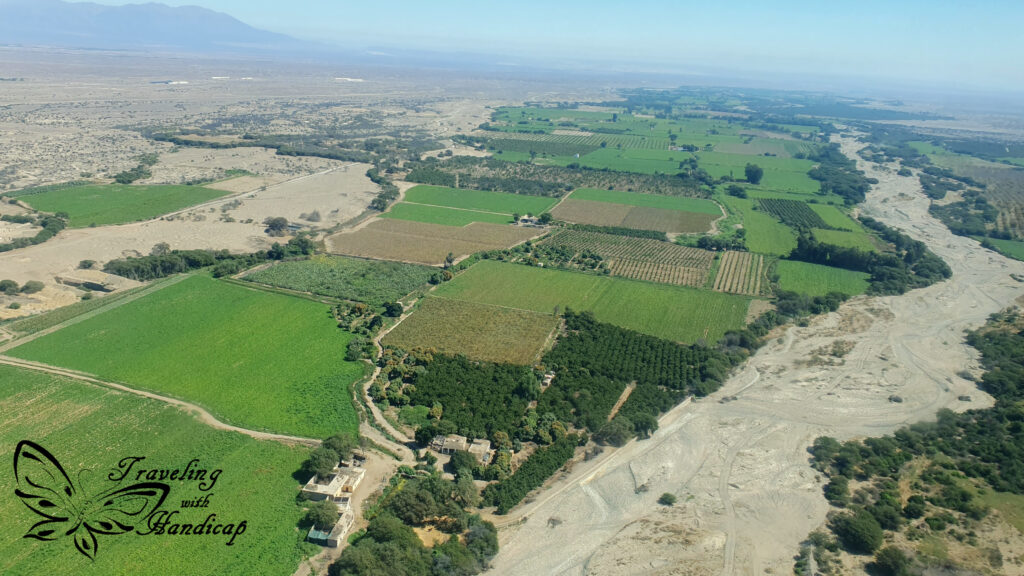
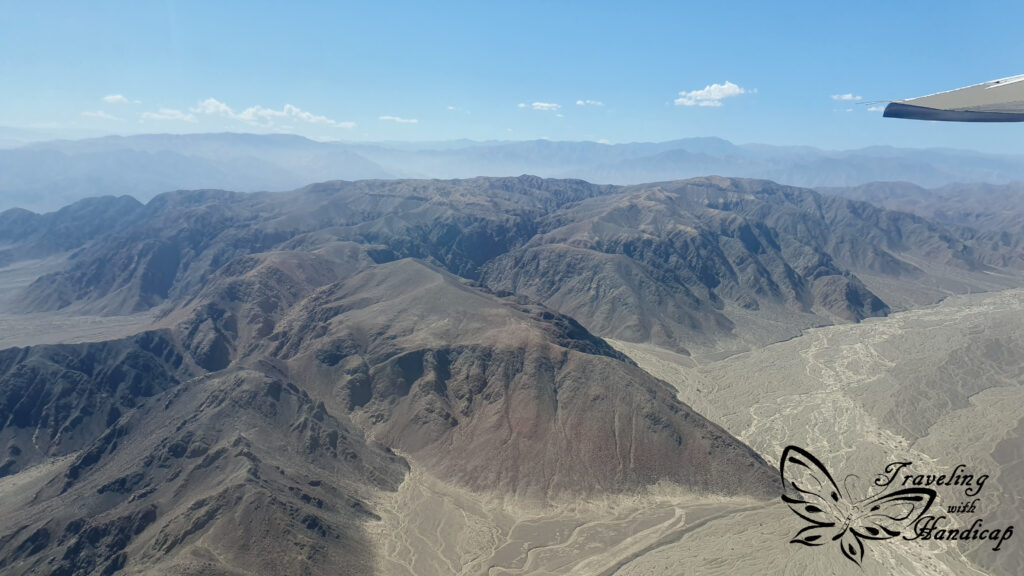

Visiting the Nazca Lines
There are two ways of visiting the lines. The first and both cheaper and easier way is to stop on a watching tower along the street within the Nazca desert. From there, you may see three figures quite well. Then, there is another stop, this time within the Paracas desert, on the street without a tower. Nevertheless, from there, you may spot some figures on the slope of a little hill. Actually, I liked these figures more as they represented some actions.
After seeing some of the many geoglyphs from the tower and viewing area, I decided to book a flight for the next day. One flight takes approximately 30 minutes and cruises some geoglyphs within the Nazca desert (including those visible from the tower). Starting from the tiny airport next to the town Nazca, it doesn’t include the geoglyphs of the Paracas desert. Even though the flight is a little expensive, I thought I would do it and come here only once. Therefore, I’ll go for it.



The flight
Actually, the planes are tiny, just sufficient for two pilots and six people. As everyone has a window seat, everyone may see the geoglyphs. However, the pilots took many loops in both directions in order to get everyone seeing all figures we cruised. Just flying wouldn’t be bad. However, these turns forced me to focus on breathing in order to not get dizzy.
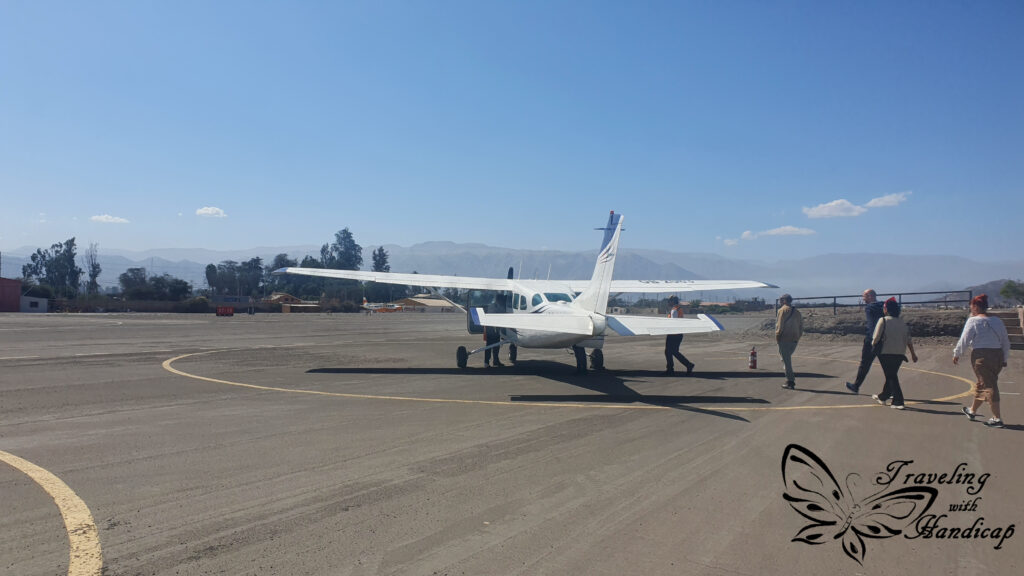


Also, after some trials to take photos with my phone (I didn’t bother bringing my camera due to its weight), I gave up. This is because the switch between short-focus and far-away-focus helped me to feel even more dizzy. Therefore, I focused on the view and was quite happy after landing.


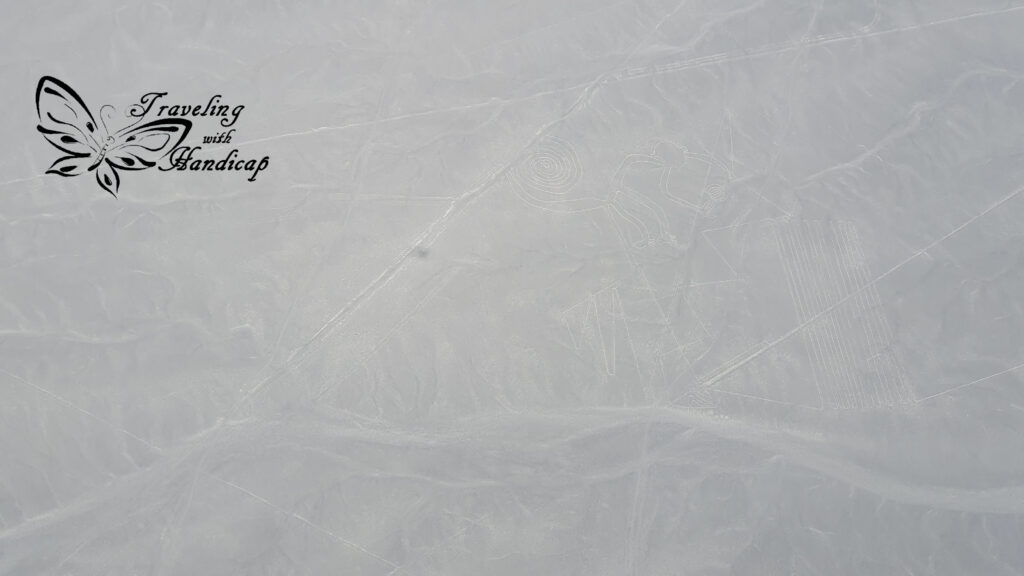
Huacachina – an Oasis in the desert near Ica
I actually stayed in Huacachina and went to the Nazca airport and back from there. This was because I didn’t want to stay in Nazca as there is nothing going on. Moreover, I intended to visit the watching tower first, before deciding to book or refuse a flight. Huacachina is a little oasis in the desert and very close to the city of Ica. While the Peruvians mostly live, stay or work in Ica, Huacachina is very touristy. This is also why it is considerably expensive. Actually, Huacachina doesn’t offer much, it’s mainly famous for sand boarding on the huge sand dunes it is embedded in.
During my trip, I stayed in Huacachina in order to have a more scenic surrounding than from Ica. I didn’t go sand boarding. This is because for me, with my disability, it is very difficult to walk uphill (or downhill) on sand. Since I couldn’t agree with any of the providers to be picked up by a buggy on the road. I skipped it. You had to walk a little in order to reach the buggies which brought you further up the sand dunes. And then, not all people were brought downhill after the sunset. I watched enough people trying to walk back. Not my thing.
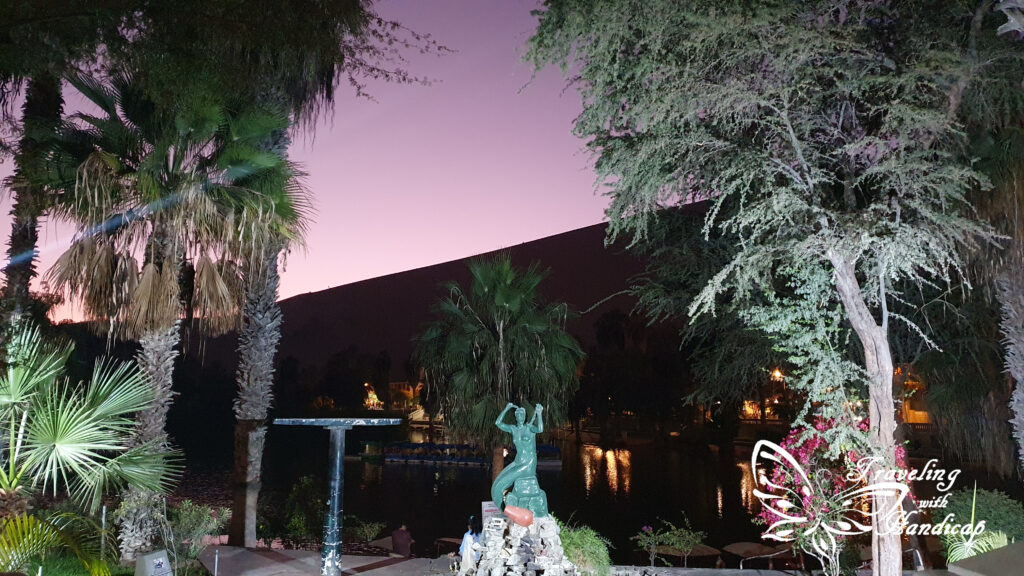
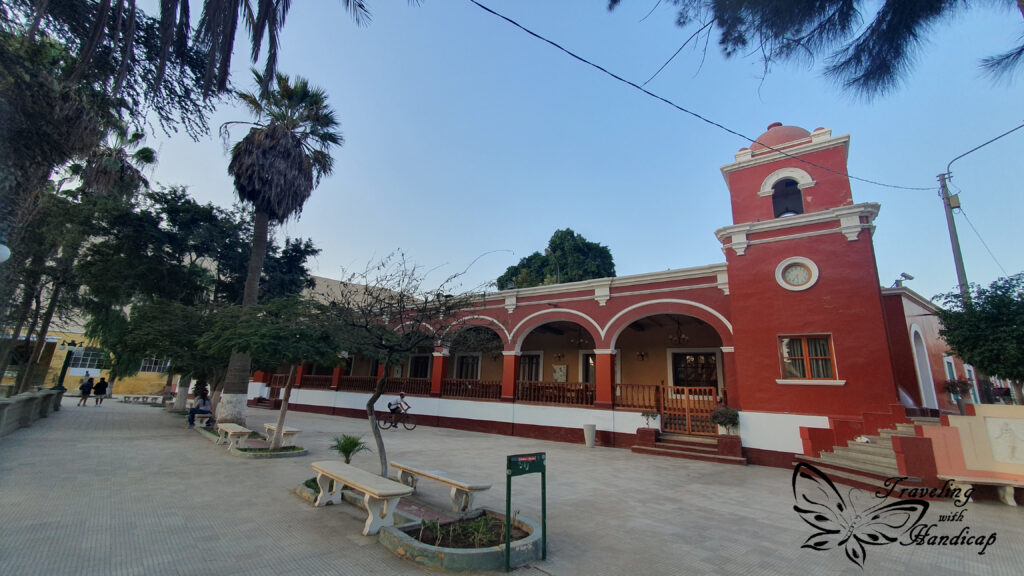

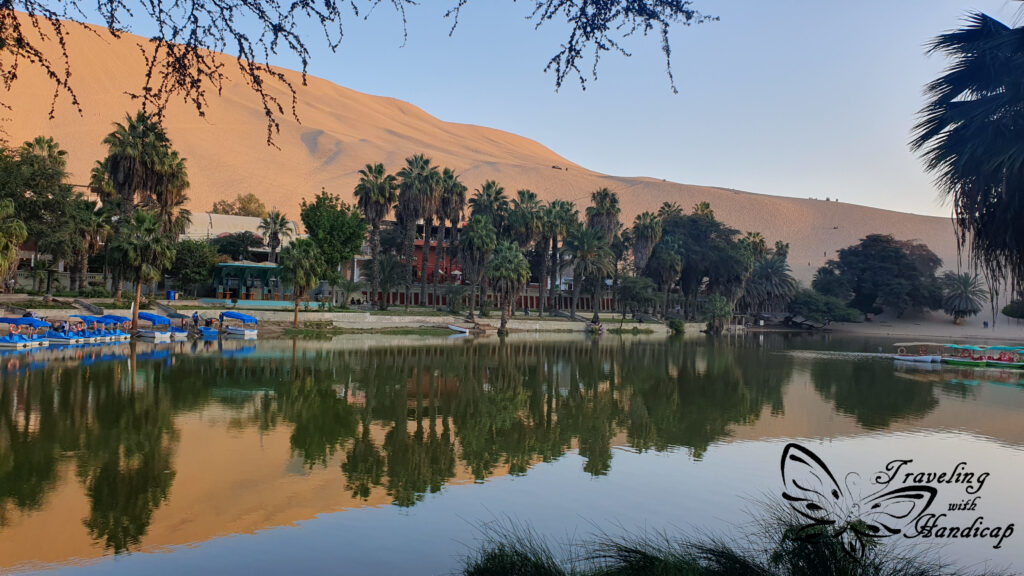
Pisco – Peru or Chile?
Ica is named the Pisco capital of Peru. Well, while I stayed in La Serena, Chile, I learned that only grapes from the Valle del Elqui and the neighboring valley are considered grapes for Pisco production. While I stayed in La Paz, Bolivia, I have been told that both Chile and Peru even went to court to fight for the rights of “Pisco”. Honestly, there are two reasons for why I favor Chile in this case. Firstly, because Ica is within the desert, no beautiful landscape, and no nice town. Peru has a town named Pisco, but not more. Secondly, La Serena and the Valle del Elqui are really beautiful, the landscape, the semidesert, the microclimate.
The Canyon of the Forgotten
While staying in Huacachina, I did a tour within the desert to visit the Canyon of the Forgotten. This canyon is not really known to many tourists, therefore, there are not many visitors. You can visit it from the Ica region, but it’s still quite some drive through the desert (without roads). I’ve seen a few vans of independent travelers finding the way (which was not self-explanatory). The canyon was interesting to see and to walk into. However, it wasn’t as special that I would re-visit it another time. Similar to the other locations I am describing within this article.



We finished the tour with a Pisco and Wine tasting in Ica. For my personal feeling, the wine was too sweet. This way, I also had a short visit to Ica and the Peruvian Pisco production. Nevertheless, I don’t like pure Pisco but favor Calafate Sour or Maracuja Sour.
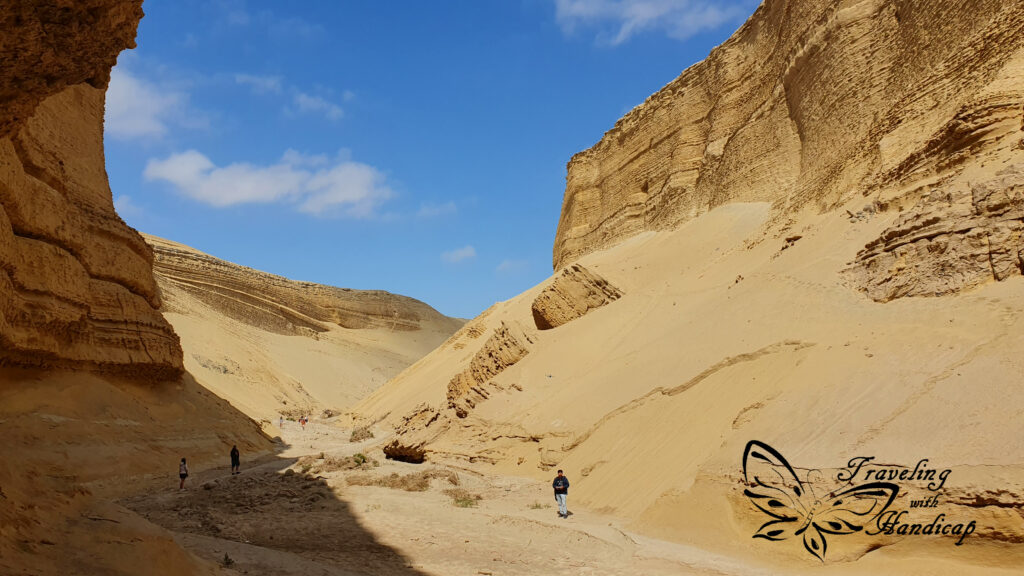
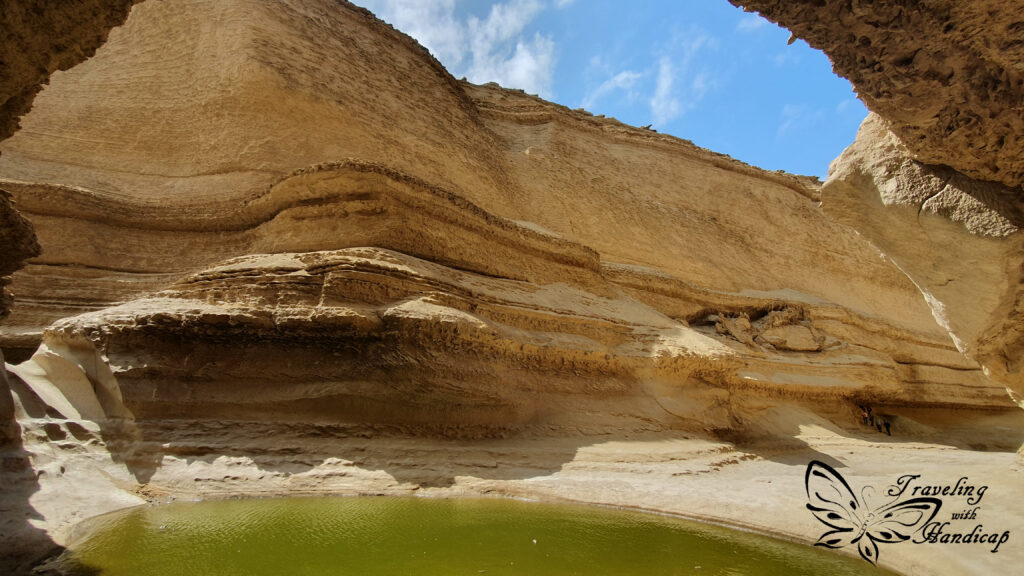

Paracas and the Ballestas Islands
After staying in Huacachina and visiting Nazca (for the flight) and the Canyon of the Forgotten from there, I continued a short way north to the little coastal village Paracas. Paracas is the entry point to the Ballestas Islands, a small group of rocky islands being home to sea lions, penguins and different birds. Due to the El Niño, the water temperature was too high for penguins, so we couldn’t spot any.
From Paracas, you can visit both the national reserve and the Ballestas Islands within one day. The large majority of boats leaves around 8 am as the wind and as such the waves are not strong then. Since the whole boat trip only lasts less than two hours, you still have plenty of time for the National Reserve.
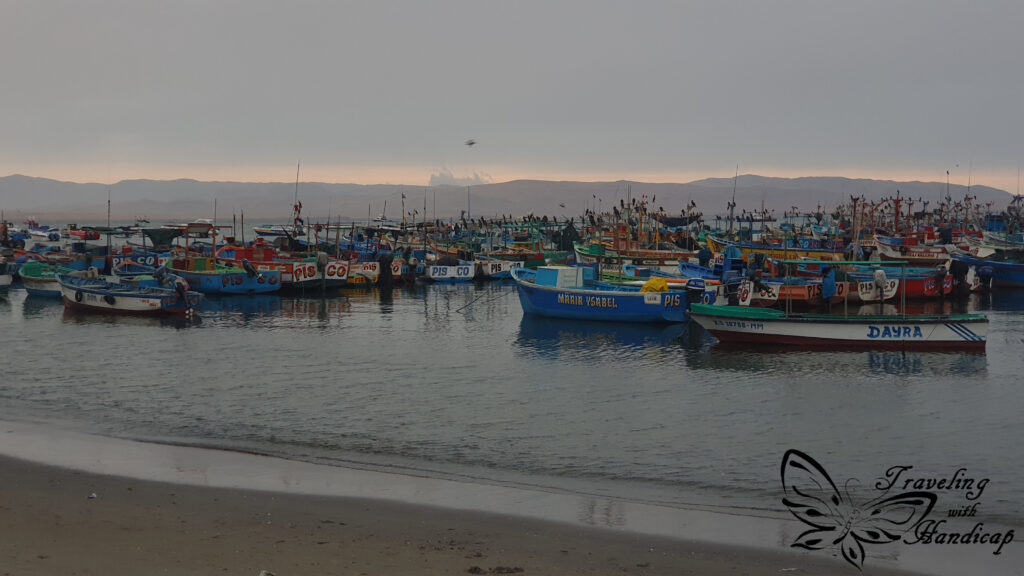
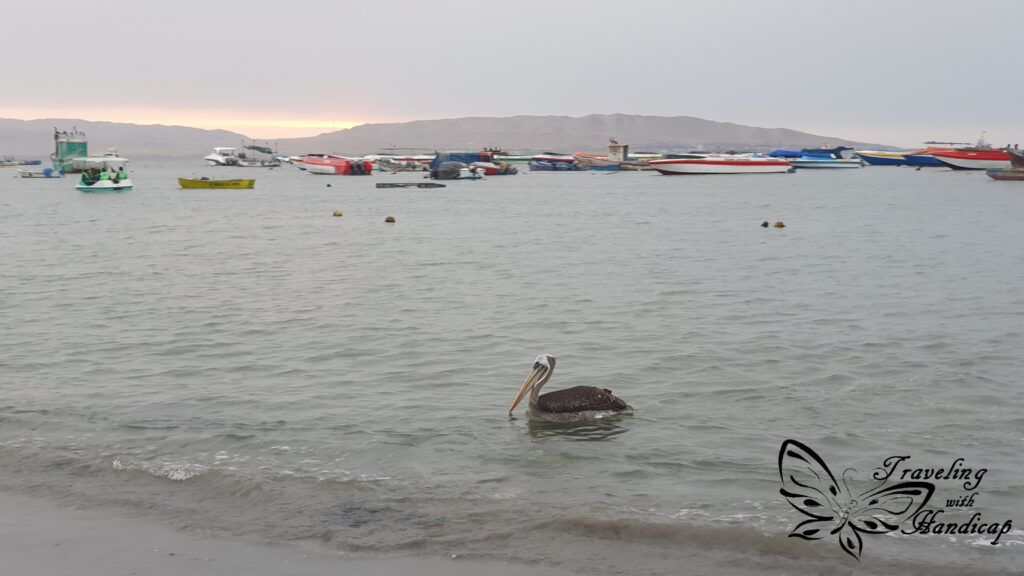
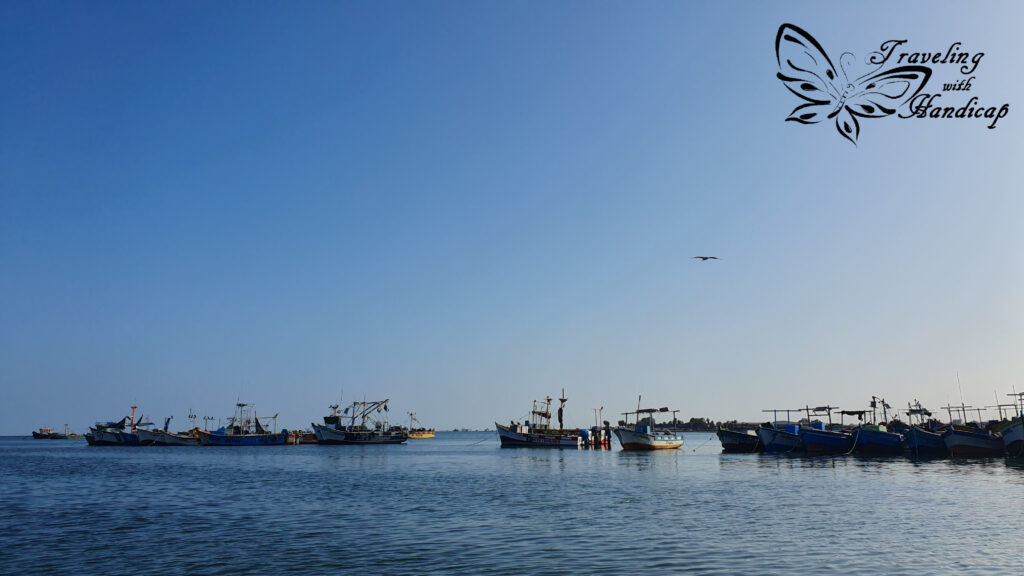
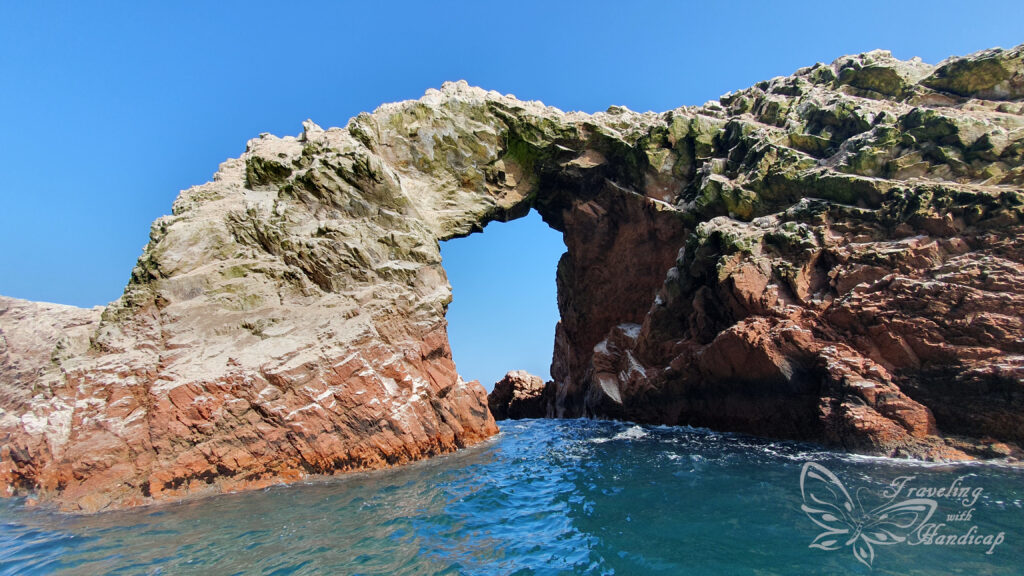
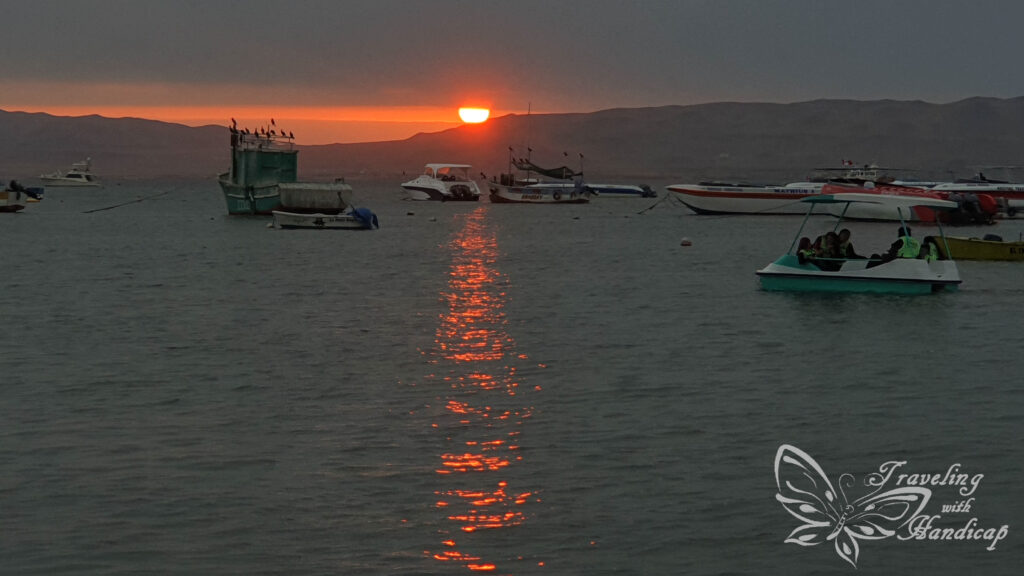
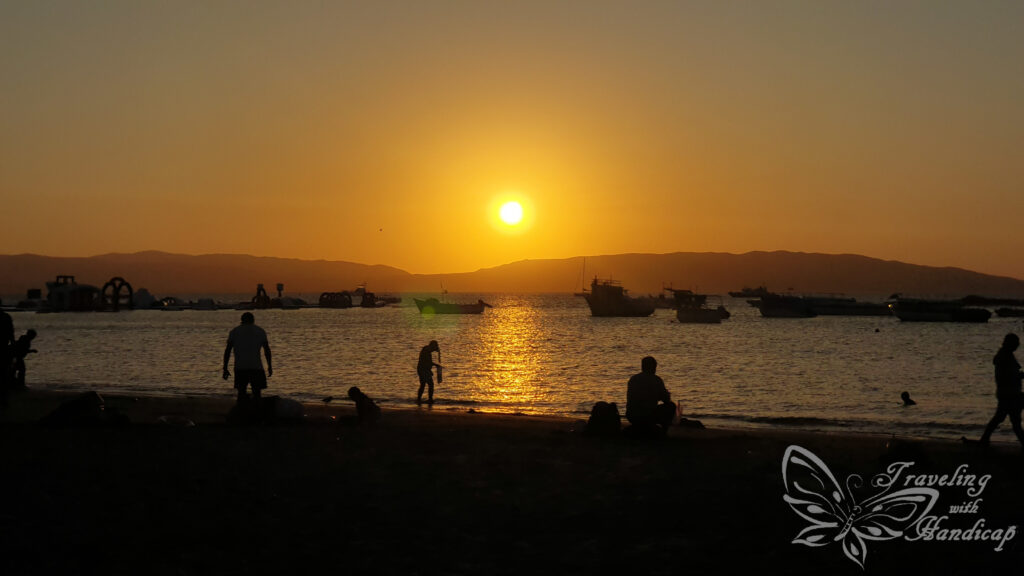
The Ballestas Islands
From the boat, the first great view is the huge Candelabro de Paracas, a candle-like figure within the sand of the Nacional Reserve. Only after that, we cruised to the islands. The islands are rocky, I didn’t really spot any plants growing. Nevertheless, it seems to be a great spot for animals. Actually, the islands were smaller than I expected. Watching the sea lions playing around and even greeting us was cool. Nevertheless, it all depends on what you have already experienced. In my case, the boat tours I took to the Reserva Nacional Pingüino de Humboldt in Chile was more appealing to me.
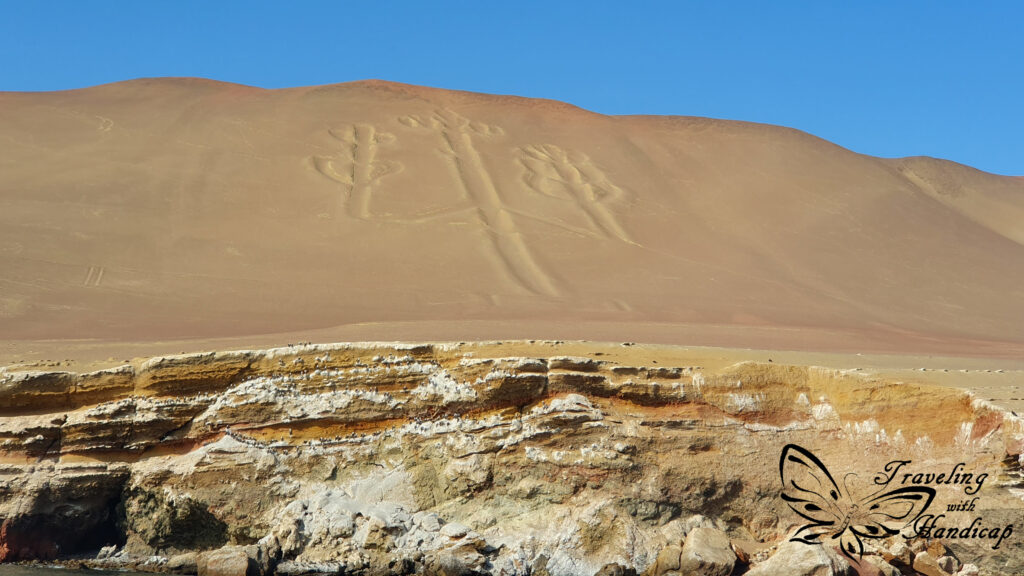


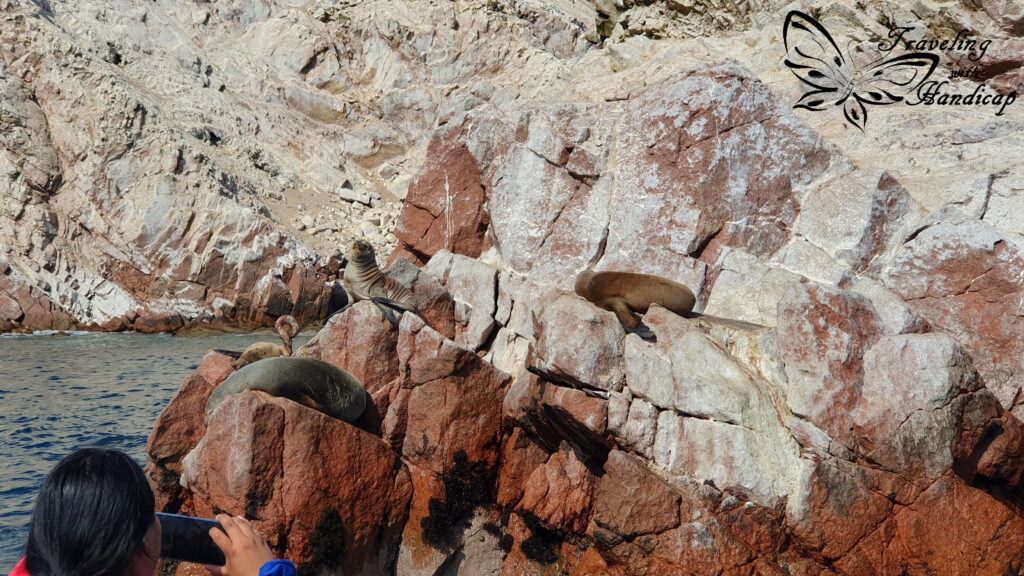


The National Reserve
I did a short bus trip into the national reserve. At first, I thought this would be a good choice. However, I would not recommend this. I assume that the experience is a lot better if you rent one of the buggies and drive to the national reserve on your own. This is because the bus only takes very few stops for taking pictures for 10 minutes each. Not much more. As the Nacional Reserve is quite large, you don’t see much of it by bus. Moreover, by a buggy, you may visit the places that the buses don’t visit.
I have to admit though, that I only heard from other tourists that they really liked their buggy tours. I didn’t try it out myself since I didn’t want to re-enter. The national reserve is part of a desert, as such I was a bit underwhelmed after seeing quite some different deserts and multicolored mountains at different locations during this and previous trips.
You could have walked along the beach of Paracas to watch flamingos. However, I have seen many flamingos already in Bolivia, during my Uyuni Tour. Because of this and also due to the strong smell of drying seaweed I couldn’t stay at the beach for long, this was not my thing.




